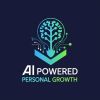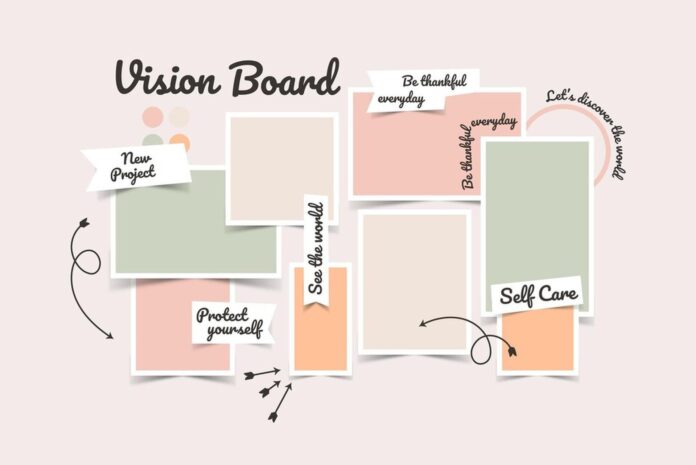Vision boards have been used for a long time to help people keep their eyes on what they want in life. Magazine cutouts showed dreams, goals and ways of life in the future stuck on cardboard. Self motivation and imagery tools need to change as we move further into the digital age.
These days digital tools let us imagine and create more vivid pictures of our goals. When AI is added to the mix we can make these visual trips more personal in ways that were not possible before. Vision boards 2.0 have arrived and are changing the way we dream and reach our goals.
What Is Vision Boarding 2.0?
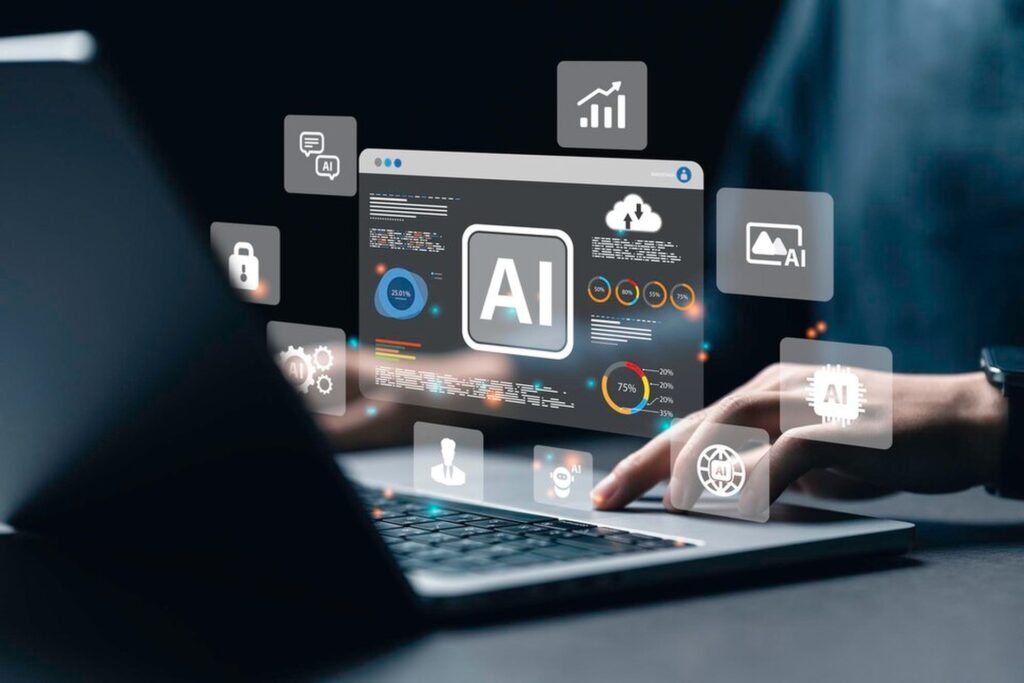
Vision Boarding 2.0 is a new version of the original vision board that uses AI to make it better. People no longer glue pictures on a board with glue instead they make digital boards that are dynamic and smarter with AI. These aren’t just groups of pictures, they’re smart individual goal plans.
AI tools help people get clearer on their goals. They suggest goals based on habits, make personalized statements using language models and make images from scratch with just a few words of text. As your life mood or focus shifts your vision board can now change with you. Vision Boarding 2.0 turns your board into a conversation between you and your future, not just a picture of your dreams.
Top AI Tools Transforming The Vision Boarding Experience
Without strong AI systems the switch to digital vision boards would not be possible. A number of powerful tools are changing how people create their lives
- ChatGPT helps people write down their statements, set goals and organize their thoughts into well thought out life plans.
- Midjourney and DALL-E enable users to create emotional visuals by inputting brief prompts such as a peaceful forest cabin in autumn sunlight or a woman achieving success in tech.
- Canva AI lets users make mood boards with AI enhanced images and smart style ideas.
- Notion AI combines tools for getting things done with tools for making content. It helps people set goals, keep track of their progress and even write in their journals about their long term dreams.
Some apps like Dreamboard or Horizen.ai mix AI with writing and keeping track of your mental health. These tools find emotional patterns and suggest new ideas for visual themes or values to look into. Pattern recognition in AI makes vision boards more than just art; they’re also tools for getting ideas.
How To Create Your Own AI-Driven Vision Board
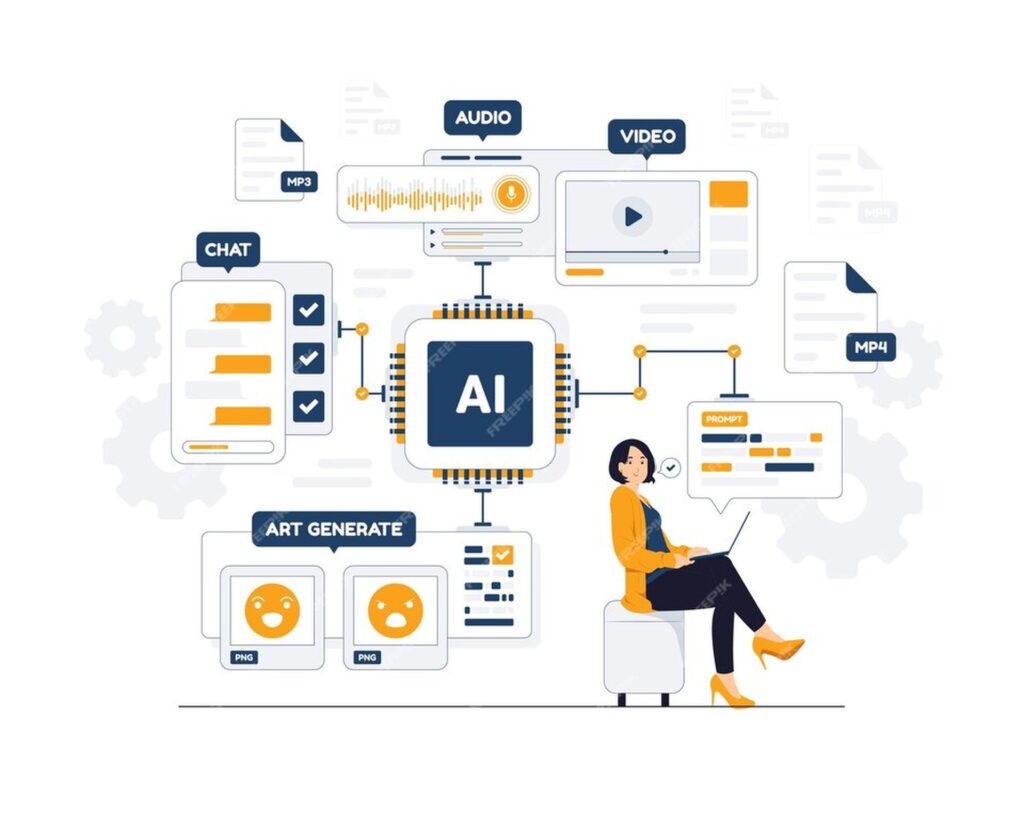
You can start using Vision Boarding 2.0 faster than you think. Here is a step by step guide
- Clarify Your Life Areas: Choose a main theme to begin with such as work, health, relationships, travel, personal growth, or imagination.
- Use ChatGPT or another AI assistant: Ask it to help you make a list of clear goals for each area. For instance Write a 90 day plan to improve your health and productivity.
- Generate Unique Visuals: To make your own images type directions into Midjourney or DALLE. These are not like Pinterest or Google Images; they are made just for you.
- Add Textual Inspiration: Use AI to come up with encouragement or quotes. These can be formatted nicely with Canva AI or Notion AI.
- Build Your Board: Use online drawing tools like Milanote or Canva. Put your pictures and words in order. You can add voice notes, links or diary entries.
- Sync with Habit Tools: Apps that keep track of habits like Todoist Notion or Trello can connect to your board. AI can keep track of your mood and suggest changes to your plans.
Benefits Of Digital Vision Boarding With AI
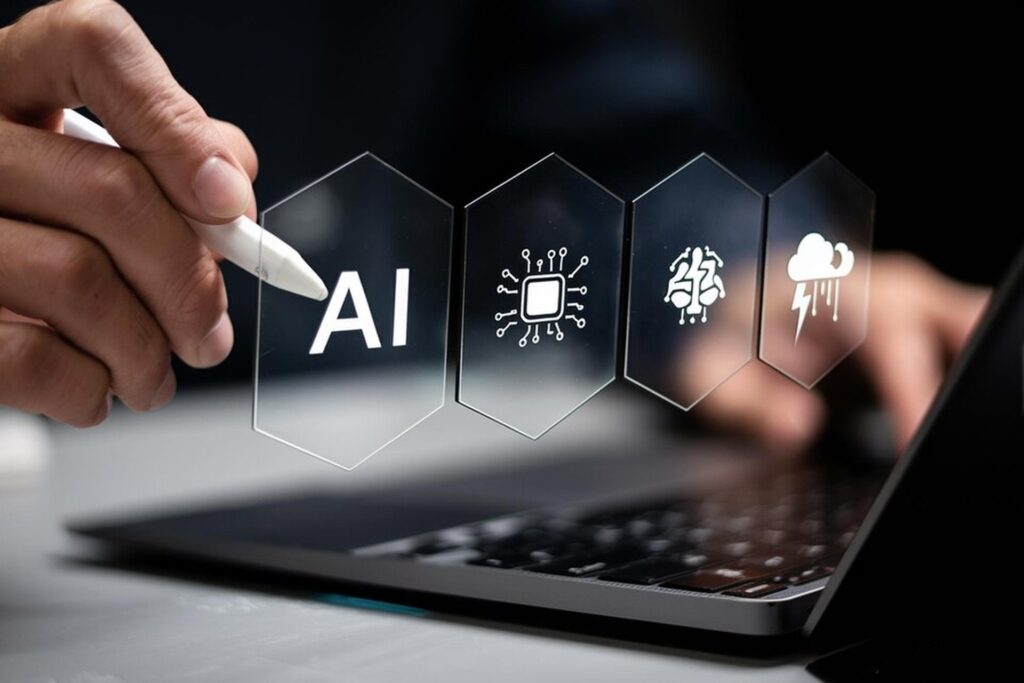
- Personalization: AI changes the images and statements based on your personality beliefs and tone of voice.
- Real time Adaptation: As your objectives change your vision board may adapt. You don’t have to start over, just repair yourself.
- Emotional Engagement: Images made by AI often make people feel stronger emotions than stock shots. This makes your drive greater.
- Insights and Discovery: AI can look at what you type and find trends. For instance it could bring out a theme of freedom or self worth that keeps coming up in your goals.
- Greater Accessibility: You can get to your board from any device with a mobile app or a cloud platform. This keeps your eyes closed.
Challenges And Ethical Considerations
Difficulties accompany every development. vision boarding 2.0 is the same:
- Over Reliance on AI: Putting too much faith in tools to help you set goals can make it hard to see what you really want. Keep your ideas led by people and helped by AI.
- Privacy and Data: Some apps record your feelings or how you act. Be careful. Make sure that your info stays safe and private.
- Digital Disconnection: You might not feel as connected or able to touch a computer tool. To avoid this use paper copies or notes in a notebook along with your digital board.
- Bias in AI Outputs: AI acts like the facts it learned from. It could push certain national beliefs, habits or beauty standards without meaning to. Think about balance and including everyone.
The Future Of Vision Boarding: Blending AI With Augmented Reality
Immersive boards could be the next step in vision boards. AR and VR are becoming more popular so people may one day be able to walk through their vision boards. Picture yourself in your dream home or talking to an AI powered digital guide.
Personal growth and realistic imagery are already being looked at by platforms like Apple Vision Pro and Meta Quest. Your board could soon turn into a living space. It will make you feel your goals, not just see them.
AI will also develop into emotional teaching helpers that can give you daily encouraging pushes based on your energy levels, daily habits or journal entries.
FAQs
Which AI Tools Are Best For Creating A Vision Board?
You can start with ChatGPT, MidJourney, Canva AI, and Notion AI.
Can AI Help Me Stay Motivated Toward My Goals?
Yes. Based on what you say, AI tools can keep track of your habits, suggest changes and give you support.
Is Digital Vision Boarding Better Than Physical Boards?
Both are valuable. Digital boards can be changed and updated more easily.
Are There Free Tools To Try Vision Boarding 2.0?
Yes. Canva, Notion, and ChatGPT all have free versions that are great for people who are just starting.

